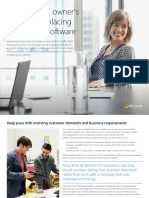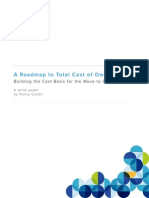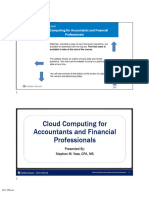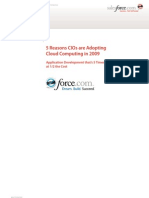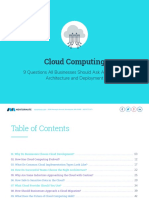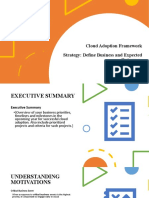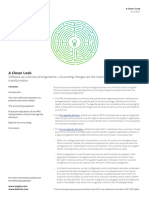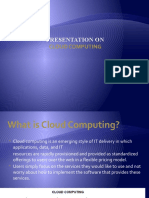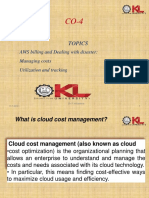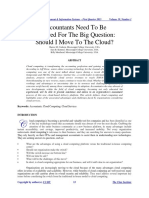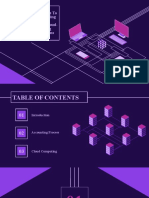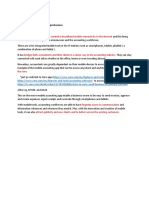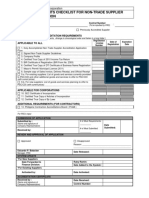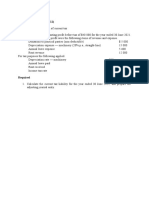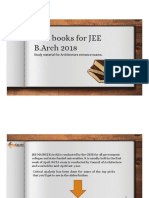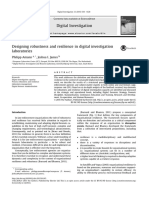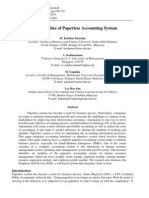0% found this document useful (0 votes)
109 views8 pagesPWC Cloud Computing
The document discusses the implications of the new cloud computing accounting standard issued by FASB, which allows businesses to capitalize implementation costs for cloud computing arrangements similarly to on-premises software licenses. It highlights the benefits of cloud computing, such as reduced capital expenses and increased flexibility, while also emphasizing the need for careful consideration of financial reporting and tax implications. Additionally, it outlines key accounting considerations, challenges in agile software development, and the potential tax impacts related to cloud computing costs.
Uploaded by
acalixtosCopyright
© © All Rights Reserved
We take content rights seriously. If you suspect this is your content, claim it here.
Available Formats
Download as PDF, TXT or read online on Scribd
0% found this document useful (0 votes)
109 views8 pagesPWC Cloud Computing
The document discusses the implications of the new cloud computing accounting standard issued by FASB, which allows businesses to capitalize implementation costs for cloud computing arrangements similarly to on-premises software licenses. It highlights the benefits of cloud computing, such as reduced capital expenses and increased flexibility, while also emphasizing the need for careful consideration of financial reporting and tax implications. Additionally, it outlines key accounting considerations, challenges in agile software development, and the potential tax impacts related to cloud computing costs.
Uploaded by
acalixtosCopyright
© © All Rights Reserved
We take content rights seriously. If you suspect this is your content, claim it here.
Available Formats
Download as PDF, TXT or read online on Scribd
/ 8








